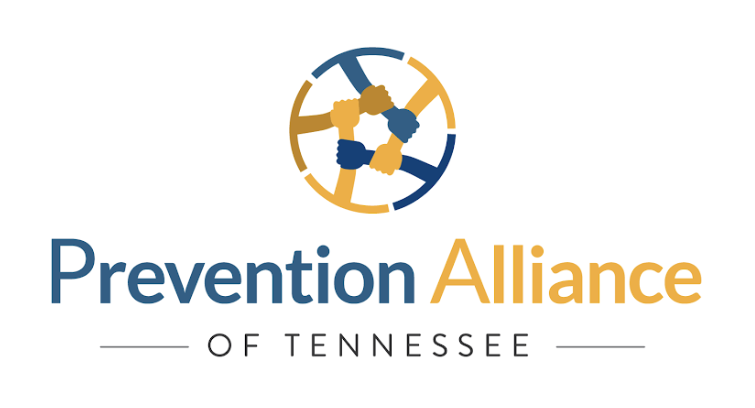White Paper Summary: Coalition Sustainability
White Paper Summary on
COALITION SUSTAINABILITY
Substance Abuse Prevention coalitions in Tennessee have initiated favorable reductions in adolescent substance abuse over the past decade. Coalition work includes strengthening collaboration among community sectors by working at the grassroots level and utilizing environmental strategies to achieve population-level reductions in youth substance use. Based on the Strategic Prevention Framework model of change, coalitions have proven to utilize funds effectively, producing a benefit: cost ratio of $4.60 in savings in the state of Tennessee.
Among all coalitions ever funded through the Drug-Free Communities (DFC) program (requiring utilization of environmental strategies to achieve population-level change), rates of substance use have declined significantly across all substances and grade levels
Prevalence of past 30-day use was significantly lower for DFC high school students as compared to a nationally-representative sample2
The work of coalitions implementing comprehensive, multi-faceted strategies to affect youth substance abuse has been proven to be effective in utilizing public funds to reduce youth substance use. Sustainability, however, is integral to the success of maintaining these significant reductions. Coalitions continue to face challenges in securing funding to help their community identify local solutions to address their unique substance abuse challenges.
Shoveling Up the Consequences
A study completed by the National Center on Addiction and Substance Abuse at Columbia University (CASA) finds, “for every dollar the federal and state governments spent on prevention and treatment, they spent $59.83 shoveling up the consequences” of our failure to prevent and treat the problem.
The largest impact on spending to “shovel up” the consequences of substance use “would be to make significant investments in prevention to help avoid the costs altogether.” 3
2ICF International. (2012). Drug free communities support program national evaluation 2011 interim findings report. Retrieved from http://www.whitehouse.gov/sites/default/files/ondcp
/grants-content/2011_dfc_interim_report_final.pdf
3The National Center on Addiction and Substance Abuse at Columbia University (CASA). (2009). Shoveling Up II: The Impact of Substance Abuse on Federal, State, and Local Budgets. National Center on Addiction and Substance Abuse at Columbia University (CASA).


